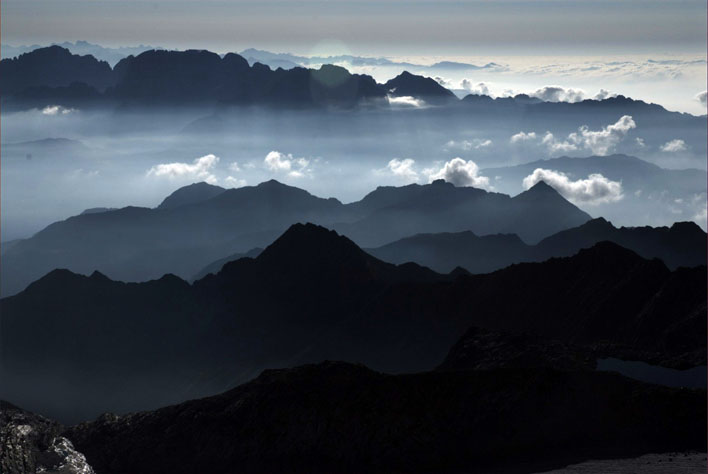Tropes of Ascesis and Ascent in Polar Expeditions from Verne to Amundsen
Abstract
What we know of polar expeditions coincides with a number of fictional and non fictional representations using different registers: the iconic-technical-scientific, the auto/biographical, the literary/fictional. This paper draws a comparison between texts featuring contrasting views on the character and purposes of polar expeditions, their supposed usefulness and political consequences, and the certification procedures of scientific knowledge, reflecting broader concerns about the idea of progress, the man/environment relation, and international relations.Fictional and non fictional texts are involved in this ideological confrontation in varying degrees of urgency. However, one cannot fail to note ongoing competition between the two, if only for the fact that the explorers’ accounts take pains to produce hallmarks of authenticity, veridicality and reliability in order not to be mixed up with fiction; on the other hand, fiction makes use of mimetic strategies achieving an amazing effect of realism.
The contributor offers a thematic reading of ascent-related tropes, focusing on Jules Verne’s Captain Hatteras (1866) as an example of critical optimism in contrast with the apocalyptic Purple Cloud (1901) by M.P. Shiel, as well as with R.E. Amundsen’s My Polar Flight (1925) – which features an optimism that has lost its Promethean overtones and comes closer to the elation for a sporting achievement.
Downloads
References
Amundsen, Roald Engelbert, Il mio volo polare fino a 88° di latitudine Nord, Milano, Mondadori, 2002.
Coleridge, Samuel Taylor, La ballata del vecchio marinaio e altre poesie, Milano, Mondadori, 1987.
Imbert, Bertrand, Le Grand Défi des poles, Paris, Gallimard, 1996.
Peary, Robert Edwin, The North Pole: its discovery in 1909 under the auspices of the Peary Arctic Club, New York, Frederick A. Stokes Co., 1910.
Peisson, Edouard, Poli, Milano, Baldini & Castoldi, 1953.
Poe, Edgar Allan, Le avventure di Gordon Pym, Milano, Mondadori,1984.
Pozzo, Felice, “Io terrei assaissimo che questo volume fosse una glorificazione del valore italiano”, Salgari, Emilio, La Stella Polare e il suo viaggio avventuroso, Torino, Viglongo, 2001.
Salgari, Emilio, La Stella Polare e il suo viaggio avventuroso, Torino, Viglongo, 2001.
Scarano, Emanuella, La voce dello storico, Napoli, Liguori, 2004.
Scott, Robert Falcon, Journals, Oxford, Oxford University Press, 2005.
Searle, John, “The Logical Status of Fictional Discourse”, New Literary Theory,6.2 (1975): 325.
Shelley, Mary, Frankenstein, Milano, Garzanti, 1992.
Shiel, Matthew Phipps, La nube purpurea, Milano, Bompiani, 1981.
Svevo, Italo, “[diario di bordo]”, Tutte le opere. Racconti e scritti autobiografici, Ed. Clotilde Bertoni, Milano, Mondadori, 2004, II.
Verne, Jules, Il Capitano Hatteras, Edizione integrale di tutti I viaggi straordinari di Jules Verne, Milano, Mursia, 1967, IV.
Viglongo, Giovanna, “L’editore ai lettori”, Salgari, Emilio, La Stella Polare e il suo viaggio avventuroso, Torino, Viglongo, 2001.
Copyright Notice
You are free to copy, distribute and transmit the work, and to adapt the work. You must attribute the work in the manner specified by the author or licensor (but not in any way that suggests that they endorse you or your use of the work).









